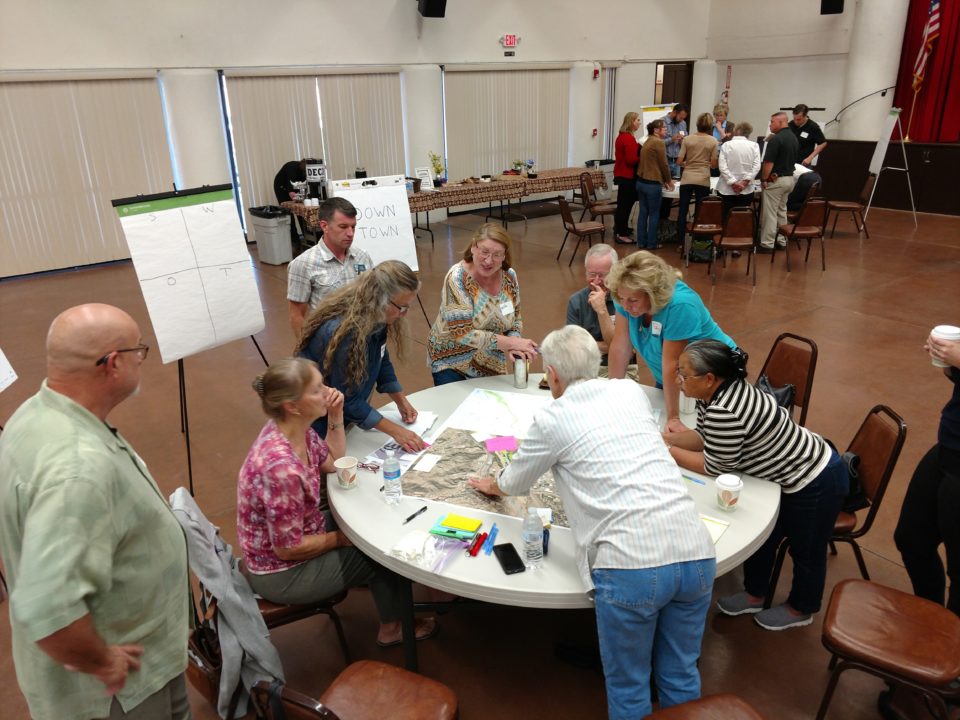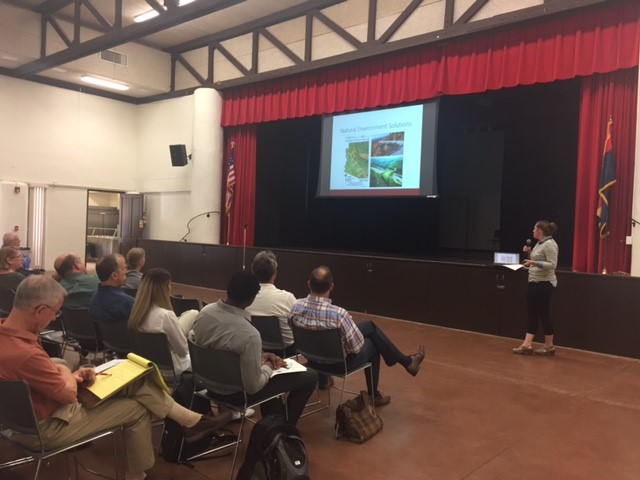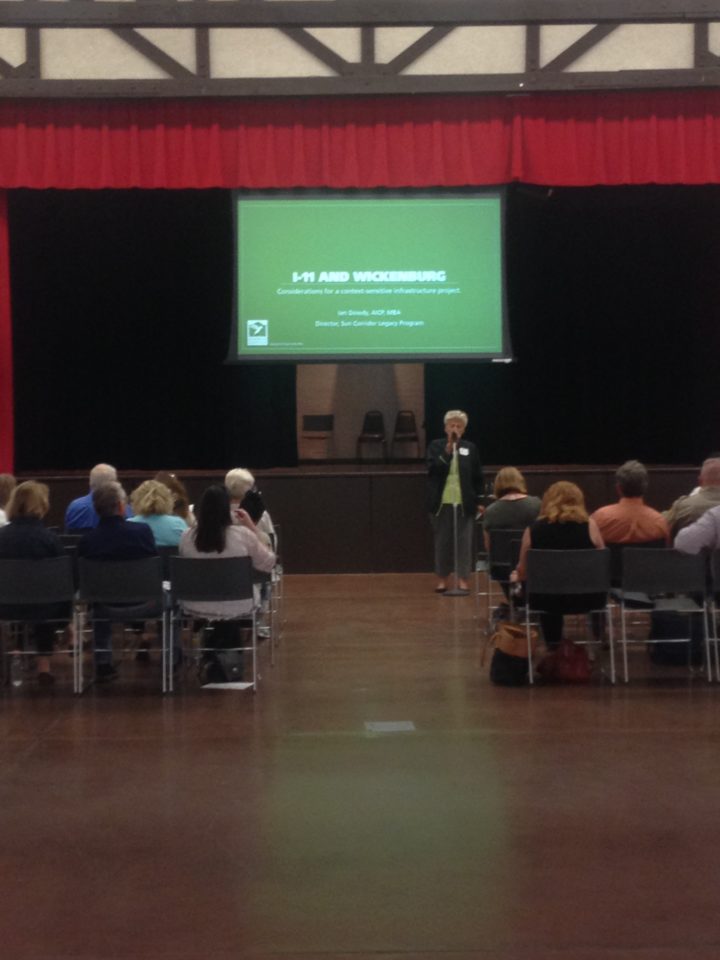For decades, Arizona has seen the positive effects of sharing an international border with Mexico. Expanded trade has a significant effect across the State as a whole; but in particular, in local communities directly along major trade routes and shipping lanes like I-19 and I-10. In a changing global economy where faster turn-around times are needed for getting goods to market, these trade routes have become essential. The next major infrastructure project paving the way to the future of trade in Arizona is the proposed Interstate-11, part of the CANAMEX corridor – the first international interstate from Canada, through the US, to Mexico.

At the Sonoran Institute, we see the corridor as not just as an economic driver but an opportunity to create a “smart corridor”. This corridor may include elements such as an interstate highway, passenger and/or freight rail, electrical transmission facilities, and a state of the art data infrastructure like fiber optic cable. The key to success is to combine these elements while preserving the natural surroundings and protecting important community characteristics as much as possible. I-11 could have a lasting effect on several communities.
One such community, the Town of Wickenburg, nestled in the Hassayampa River Valley, and located just 50 miles north of Phoenix, could see dramatic changes to their local economy and character. Despite its close proximity to the Sun Corridor’s largest urban center, Wickenburg has maintained a rural character and close ties to the land through a strong agricultural economy, ranching, and abundant outdoor recreation activities in special places like the Vulture Mountains. That said, Wickenburg is not an isolated rural community. Since the late 1800’s, the town has also been a crossroad for travel and commerce in central Arizona, with significant movement of goods and people on US Highway 93, which runs through the town and connects the major urban centers of Phoenix and Las Vegas. Despite the long history of being a major crossroads, few residents in the community are familiar with the impacts of transportation projects on the town. That’s where the Sonoran Institute comes in.

With the potential of I-11 having a major impact on the community, Sonoran Institute felt it was essential to engage the community in the process. We recently partnered with the Town of Wickenburg and the Wickenburg Chamber of Commerce to conduct a community charrette: a planning meeting where stakeholders, residents, agencies and town staff work in a collaborative process to provide community input and information on the location and design of the future I-11 corridor.
To do this, our charrette used a “context-sensitive” design approach, which engages communities to prepare for economic development and growth, while protecting important local values and ensuring that transportation projects move forward in a respectful way. The charrette kicked off with a welcome from Vice Mayor Royce Kardinal and a discussion of the future of infrastructure demand and a review of a community values survey, which was conducted over the summer. This information set the stage for the charrette process and the activities that would be conducted over the one and half days of the charrette.
One activity involved breaking into groups representing three distinct parts of the town and identifying community values for each area. This generated spirited conversations with input and observations that were all recorded to be shared with the design team at the end of the day. Another activity had community members, stakeholders, agency members, designers, planners and engineers distinguish where issues and concerns could intersect or conflict with the proposed corridor. Concerns identified included proximity of the corridor to town, possible habitat fragmentation, visual impacts, and height of the corridor as well as impacts to recreational access, hunting and areas of critical environmental concern. This activity got everyone looking closely at what mattered to them and finding common ground for where an alignment might be located and balancing the opportunities with the threats.

All the information, maps, notes and comments generated by the attendees were recorded and evaluated for incorporation into design solutions and recommendations that were then presented at the final meeting of the charrette. This meeting started with an overview of the concerns, issues and comments gathered from each planning group in the first two days. The next step was to show how the core values (historical context, western atmosphere, natural terrain and open space, a sense of community, and a desire to preserve the natural environment) translated into design solutions for the corridor. The attendees were shown a series of images, drawings and conceptual sketches which included design elements identified as being important in each focus area.
Once the formal presentation was finished and questions were answered, the attendees were asked to evaluate and critique the design solutions and recommendations presented. New points of concern were generated, for example: who will be responsible for the aesthetics mitigation measures, how can public art be included in the design, who will pay for the operation and maintenance for some of the design features, and finally how can the town take these ideas and see them implemented into the Tier 1 Environmental Impact Statement (EIS) and the future I-11 project EIS.
Community meetings like the one we facilitated are incredibly important for communities across the west, because it creates a forum of information and feedback before large infrastructure projects like this move forward. The recommendations and report generated by this charrette will be presented to the Mayor of Wickenburg’s I-11 Task Force and eventually can be presented to the Council for adoption and inclusion in the Town’s General Plan. While the implementation of I-11 may be years or even a decade down the road, Wickenburg will be better prepared and more involved in the entire process to ensure any such development fits well within the values of the community.
